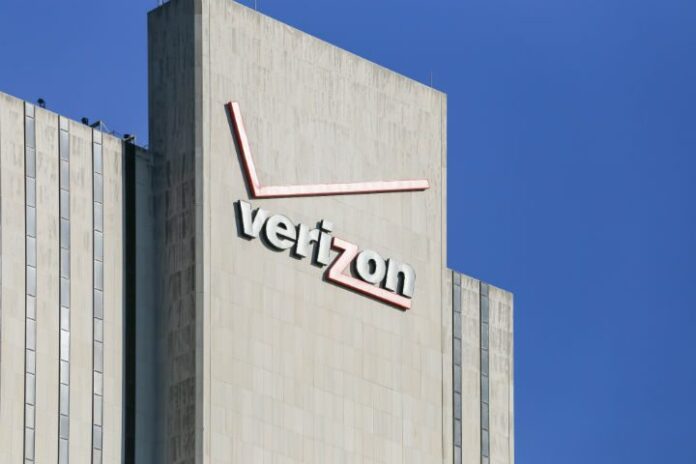Wells Fargo Securities slashes Verizon Q2 and full-year earnings forecasts due to labor strike, trims wireless growth on talk of slowing upgrades
Verizon Communications’ ongoing labor woes look set to impact its financial results, with management’s acknowledgement of a slow down in broadband orders and at least one analyst firm cutting its earnings forecast for the telecom giant.
Speaking at an investor conference last week, Verizon CFO Fran Shammo said the company has seen new orders for its FiOS product drop due to the labor strike, while device upgrades at its wireless business were also “very slow right now.” The telecom operator, which had previously stated it did not expect any immediate operational impact from the labor strife, explained new installations had stalled, with labor capital being diverted to repair and maintenance services.
Acting on the news, Wells Fargo Securities slashed its second-quarter and full-year wireline revenue estimates by $343 million and $826 million, respectively; and lowered its Q2 wireline margins from 18.9% to 17.7%, and its full-year wireline margins from 20.7% to 19.9%. The firm said it expects Verizon to lose approximately 25,000 customers from both its FiOS and video service during Q2, from previous guidance of 75,000 and 30,000 net adds, respectively, while operating expenses could negate any drop in capital expense.
The labor drama is also said to be distracting Verizon’s efforts on the wireless side, with Shammo noting Q2 upgrade activity was slow due to customers potentially waiting for new device launches later this year. Wells Fargo took this information to heart in lowering its Q2 postpaid upgrade rate from 6.5% to 5.5%, and its third-quarter upgrade rate from 6.5% to 6%, while lowering its Q2 postpaid net addition estimate from 860,000 connections to 659,000 connections.
“On the positive side, the lack of a new iconic device typically means that customer churn should remain low,” explained Jennifer Fritzsche, Wells Fargo Securities senior analyst, in a research note. “On the bad news side, lower upgrades mean weaker equipment revenue, with customers holding on to devices for longer. [Verizon] has also been less promotional in Q2 [2016] than in Q2 [2015] and saw a slight negative change to porting trends in April.”
The labor strike, which began April 13, includes nearly 40,000 Verizon employees represented by the CWA and IBEW. Reports earlier this month noted the striking workers were expected to begin receiving financial compensation from a $400 million union fund to offset wages lost since the strike began.
Verizon in late April presented what it said was the “last, best, final” offer to union representatives, which was not warmly received. Verizon said the offer was put in front of CWA and IBEW leaders, and included a number of details, including a 7.5% increase in wages over the contract term, increased health care expense contributions and the continuation of current 401(k) contributions.
The U.S. Department of Labor said it has managed to get both sides back to the bargaining table, though so far has failed to bring about an agreement.
Bored? Why not follow me on Twitter

